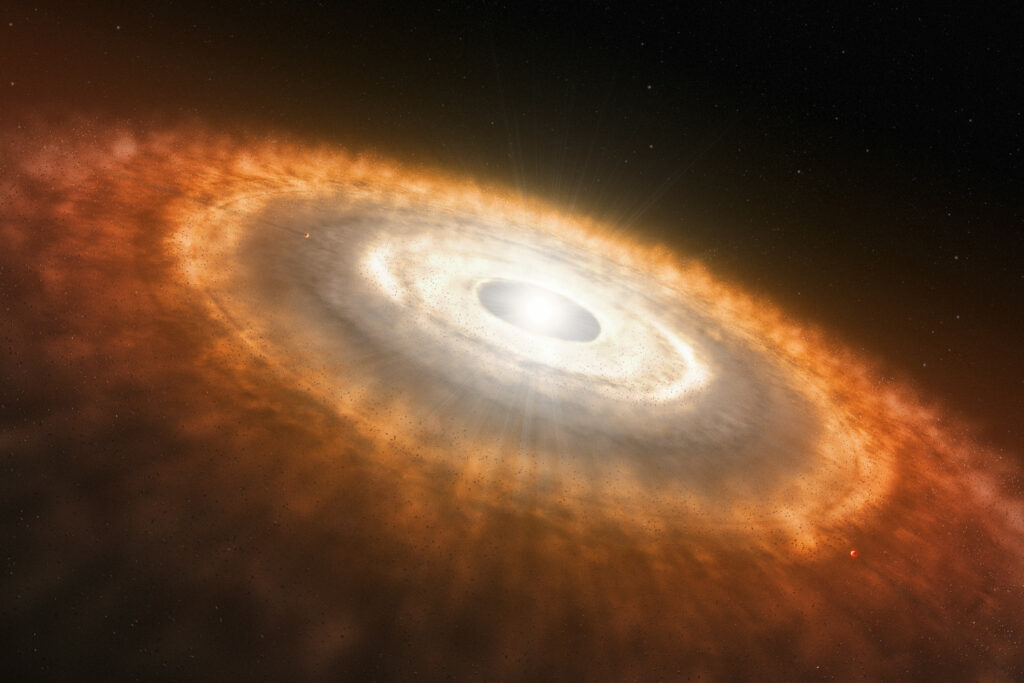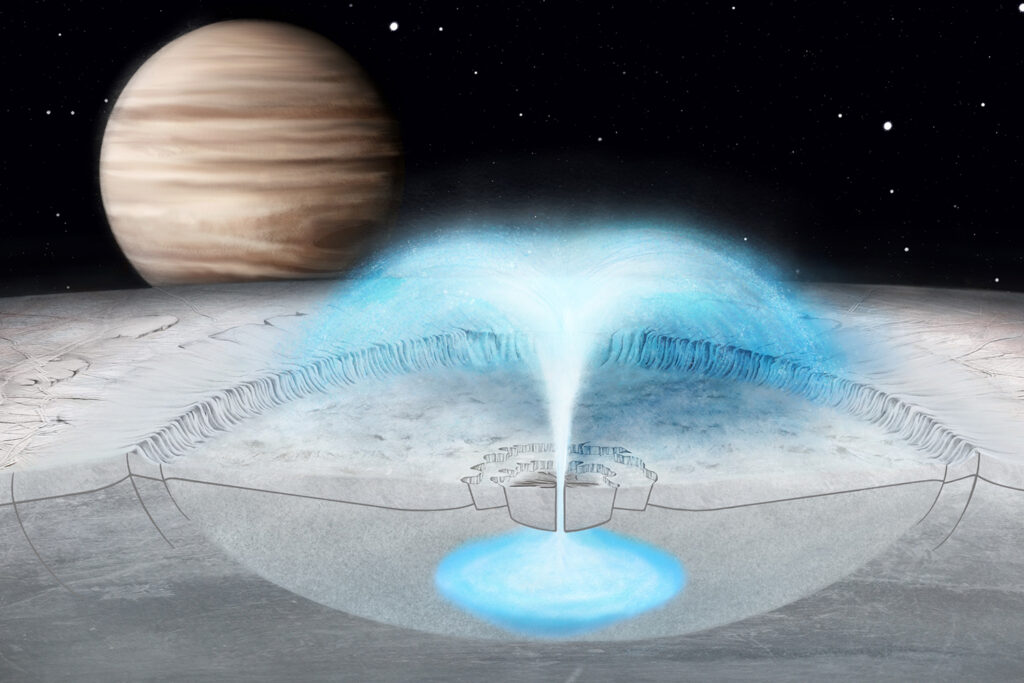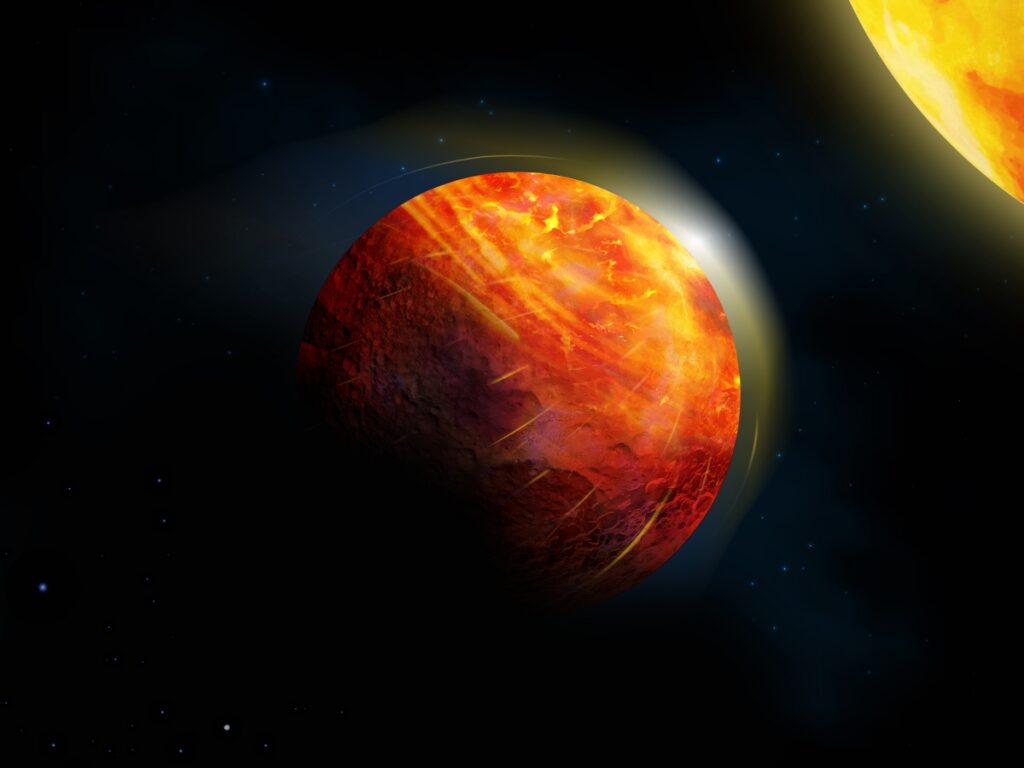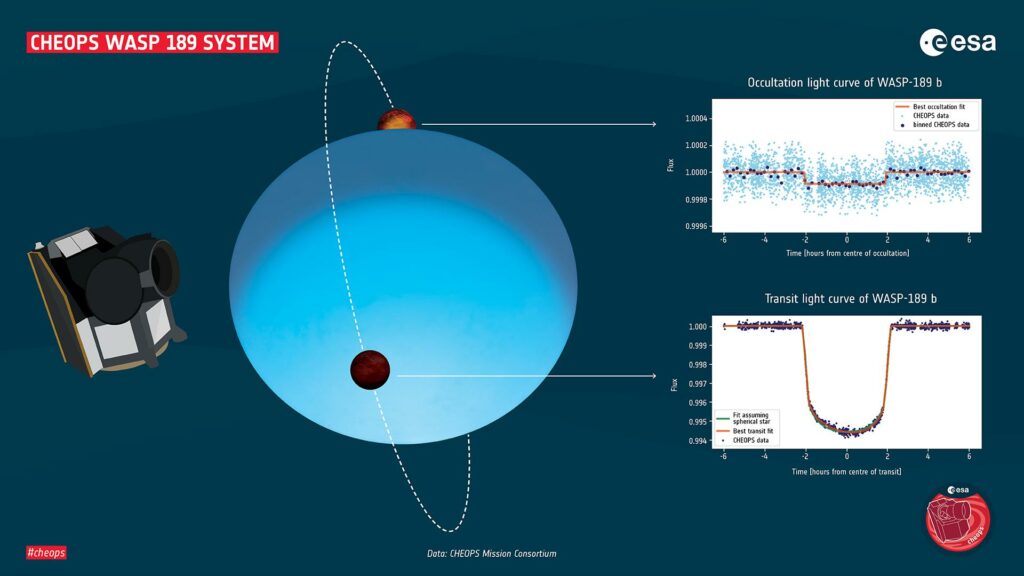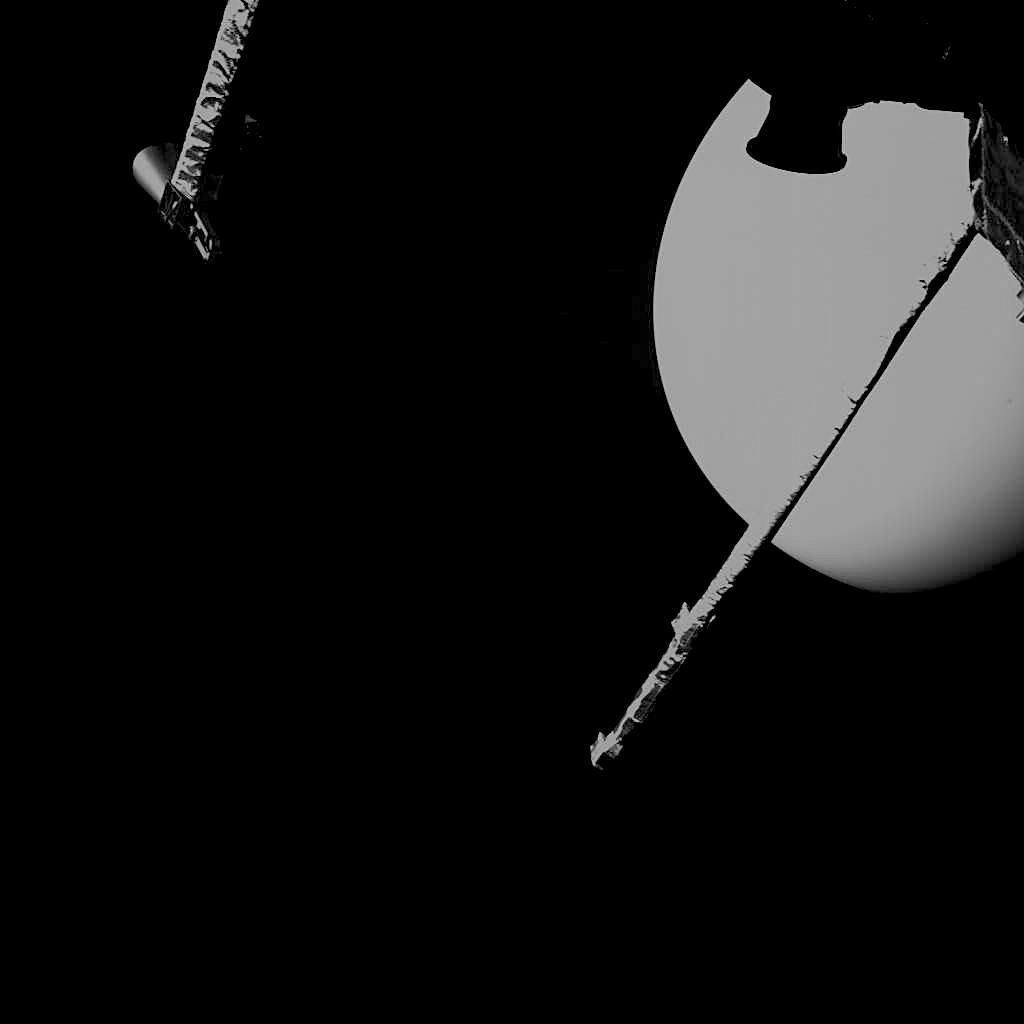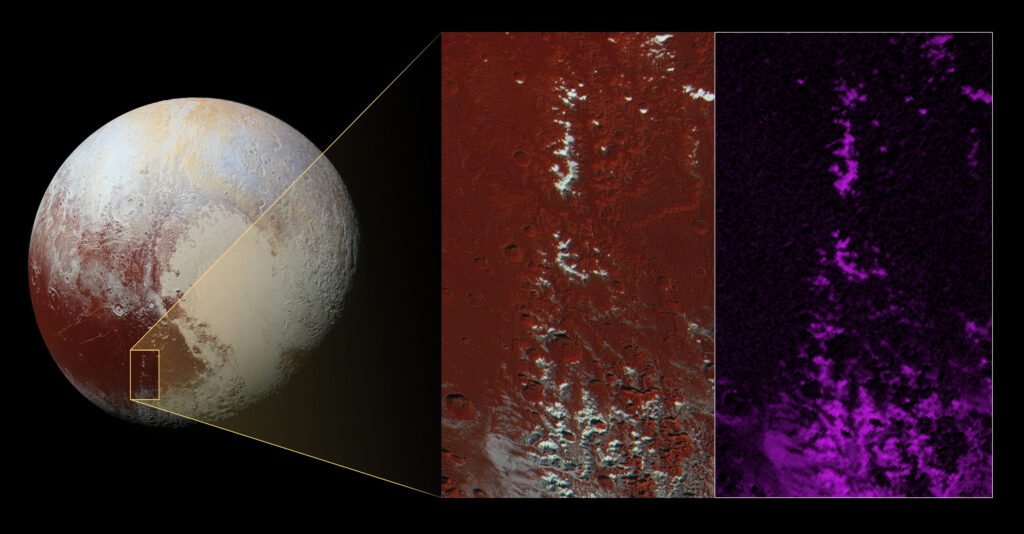The solar system – a crash birth
About 4.5 billion years ago, a large cloud of gas and dust collapsed where the solar system is today. Everything that makes up our sun, the planets, moons, asteroids and other celestial bodies in the solar system comes from this cloud. As an international team of researchers led by planetologists from the University of Münster has now discovered, the formation of the entire system took a surprisingly short time: only 200,000 years. The first solids that formed in the solar system can now be found as micrometer to centimeter-sized inclusions in meteorites. The so-called calcium- and aluminum-rich inclusions (CAIs)…
